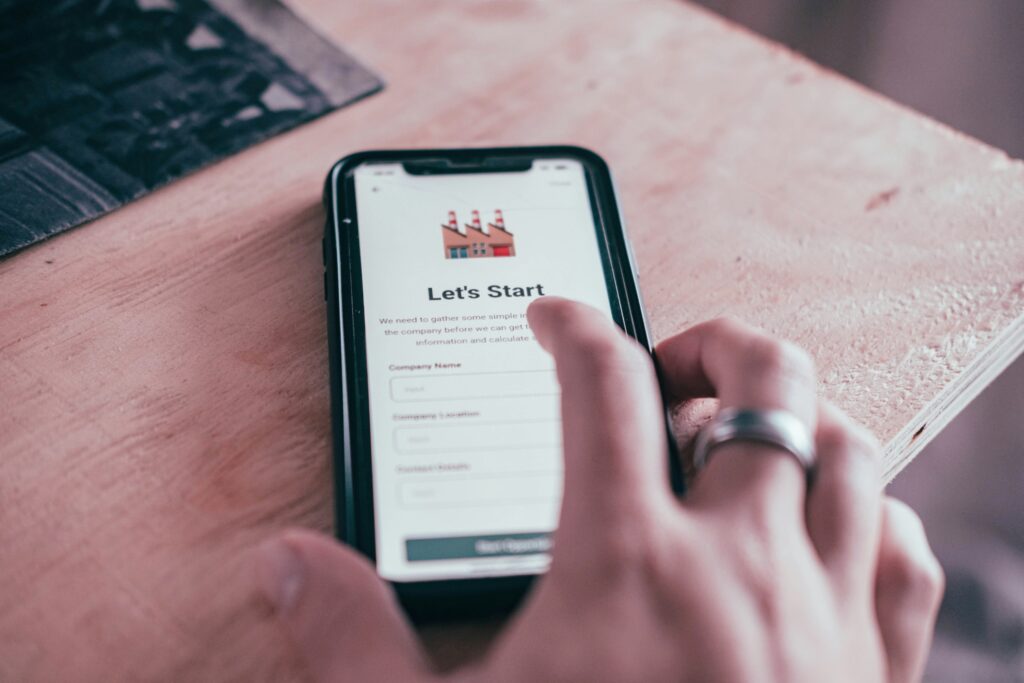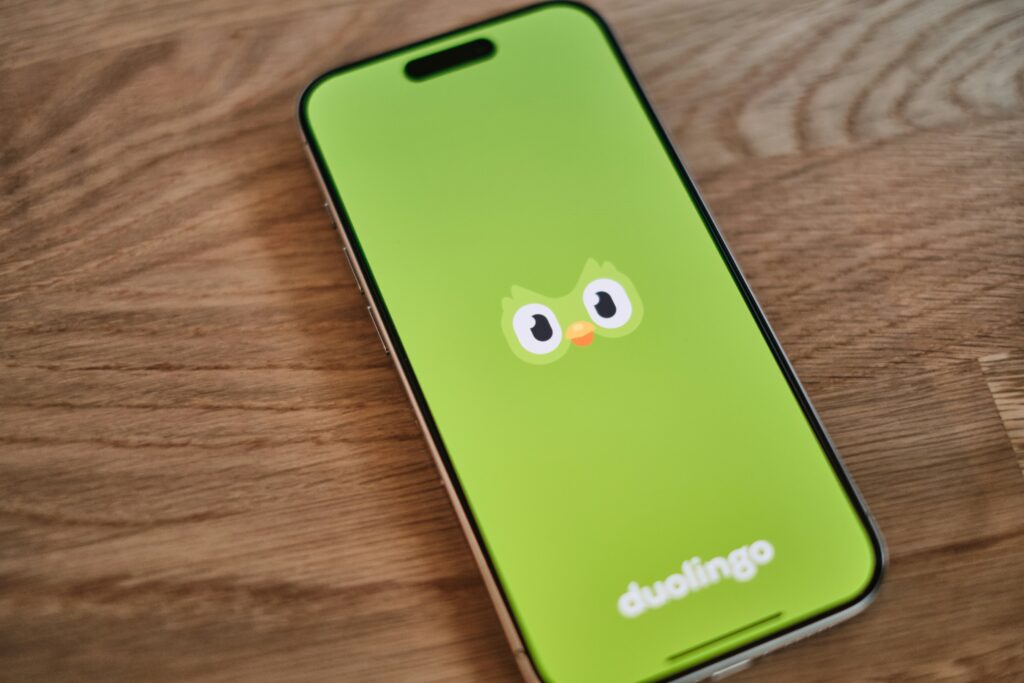What is Onboarding UX?
Onboarding UX refers to the design and experience that guides users through their first interaction with a digital product, especially enterprise apps. And the stakes are high: 80% of users have deleted an app because they didn’t understand how to use it (Wyzowl).
That one stat alone reveals just how critical onboarding is – not just for clarity, but for survival. Without it, your product likely won’t get a second chance. It’s not just about showing off features; it’s about demonstrating value, setting expectations, and creating momentum.
It acts as the bridge between download and active use and is often the most significant make-or-break moment for retention. A well-crafted onboarding journey helps strengthen the user-product relationship (maybe Digital Relationship Quotient – DRQ), which directly impacts retention rates, user drop-off, and activation.
On average, apps lose up to 77% of their users within the first three days without proper onboarding (CleverTap). We’d never hand someone a complex tool and expect them to master it without guidance – so why do we assume users will instinctively know how to use a digital product? Like any relationship, the first impression matters. Without support, structure, and clarity, even the most valuable product risks being abandoned before it can deliver.
In this article, we explore the relationship between a user and a digital product – and how small, smart changes to onboarding UX can drastically improve the chances of long-term engagement and loyalty.

Why Does Onboarding Matter?
Just like employee onboarding, product onboarding equips users with the tools, confidence, and motivation they need to succeed from day one. But it’s more than just reducing confusion – it’s about strategically guiding users through core behaviours that unlock value fast.
Great onboarding identifies and accelerates ‘power user’ actions that lead directly to engagement. For example, Instagram prompts users to:
- Add friends
- Upload their first photo
- Complete their profile
These steps:
- Teach the core functionality
- Guide users to a value moment (like getting likes or comments)
- Deliver value back quickly, creating a habit loop
This process shortens Time to Value (TTV) – the time it takes for users to realise a product’s benefit. According to industry benchmarks, effective onboarding timelines vary:
- Consumer apps: Minutes to 1 hour
- SaaS products: 1–3 days
- Enterprise software: Up to a week
No matter the timeframe, the goal remains the same: lead users toward meaningful engagement through structured, intentional design that makes progress feel rewarding and effortless.
You should consider implementing or improving your onboarding UX for increased retention, higher lifetime value (LTV), and greater activation.
Take gaming, for example. Most games walk players through a carefully designed tutorial that introduces mechanics and builds player confidence over time. These introductions are strategic: they help form habits, make the experience feel rewarding, and foster a sense of momentum.
It’s a powerful example of how we can lead users to value – not just features.
Loyalty is at stake here. If you lose that early relationship, your app has a slim chance of success. But when onboarding is done right, it sets the scene for long-term adoption.
Duolingo nails this. During onboarding, users pick a language, set a daily goal, and complete their first lesson – all within minutes. These small but meaningful actions create a sense of ownership and progress straight away. It’s a great example of the IKEA Effect: we value things more when we’ve helped build them. By getting users involved early, Duolingo makes them more invested and more likely to return.
Want to learn more about the link between early experience and user loyalty? Check out our blog on building customer loyalty.

What Makes Great Onboarding Work
Onboarding isn’t just about guiding users through steps – it’s about shaping behaviour, building relationships, and creating value from the first interaction.
Effective onboarding UX leverages behavioural psychology, understanding that many users abandon products not due to a lack of value but because they fail to engage deeply. Cognitive load theory emphasises that overwhelming users with information can lead to disengagement. A well-structured onboarding experience introduces essential elements gradually, making the app feel intuitive and familiar.
The sensation of progress acts as a strong motivator. Simple tools like progress bars and checklists encourage users to complete tasks by tapping into the goal gradient effect. However, users must feel emotionally invested for progress to resonate. The IKEA Effect shows that when users contribute – like personalising a dashboard – they become active participants, fostering ownership.
This sense of ownership, combined with habit loops that reinforce rewarding behaviours, creates a rhythm that leads to retention. Users return not because they have to – but because they genuinely want to.
Ultimately, onboarding is a foundational experience that influences decision-making, habit formation, and a sense of belonging. It’s about the psychology of lasting engagement.
At Sonin, we understand that great onboarding is more than good UX – it’s behavioural design in motion. We work with ambitious businesses to build onboarding experiences that speak to how users think, feel, and act – creating loyal users and meaningful product relationships.
Breaking It Down: Key Elements of Effective Onboarding UX
Effective onboarding relies on careful UX design that assists users at crucial moments. It’s not merely about offering a tutorial – it’s about guiding users toward their “aha” moment – when they understand the value of what they’re using.
Success comes from using various techniques to inform users, reduce anxiety, build momentum, and reward their actions. From subtle prompts to personalised flows, each element plays a role in helping users transition from curiosity to commitment.
Top techniques we see across best-in-class products:
- Progress Bars and Checklists – Visualising progress gives users a sense of achievement and encourages them to continue. According to Userpilot, apps with progress indicators see up to a 20% boost in onboarding completion.
- Guided Tours and Tooltips – These offer users just-in-time support, surfacing helpful guidance exactly when needed – particularly useful in feature-rich or enterprise platforms.
- Permission Priming – Rather than surprising users with OS pop-ups, explaining why permissions are needed builds trust and boosts approval rates. Mixpanel reports up to a 30% increase in opt-in when apps prime users first.
- Contextual Nudges – Smart, behaviour-triggered prompts that re-engage users at the right moment. For example, LinkedIn’s gentle reminders to complete your profile if you’ve left it half-finished.
- Personalisation – One-size-fits-all onboarding often leads to disengagement. Tailoring the experience based on role, intent, or user goal – as Spotify does by asking about your music preferences – helps make the app feel relevant.
A great example: UK fintech startup Cleo. With its playful tone and chatbot interface, Cleo gradually introduces users to its features, helping them ease into money management and build confidence.
In contrast, many public sector or legacy corporate portals overwhelm users with dense dashboards and confusing menus – resulting in high drop-off rates and frustrated users.
The best onboarding strikes a balance between education and empowerment. It guides users without overwhelming them, providing support at the right time and allowing users to take the lead in their learning.

When to Use It: Triggers & Use Cases
Not every app needs a multi-step walkthrough. Sometimes, the best onboarding is no onboarding – just great design that gets out of the way. But there are clear signals that point to when a thoughtful onboarding experience can make a real difference:
- Complex or Feature-Rich Apps – When the interface or functionality could overwhelm, onboarding brings structure and clarity.
- Apps with Multi-Role Users – Different roles need different journeys. Tailoring onboarding for admins, contributors, or customers helps everyone get value faster.
- Enterprise Software – With team-wide adoption at stake, onboarding becomes essential. Tools like Sage and Xero do this well by guiding business users through role-specific flows.
- Freemium Products – When the goal is conversion, onboarding helps highlight premium features early and show users what they’re missing.
Of course, some products thrive without it. Social apps like BeReal prove that sometimes, immediacy beats instruction – dropping users straight into the experience with no friction at all.
At Sonin, we help businesses uncover what’s right for their users – whether a fully guided experience, a minimalist approach, or something in between. Through collaborative discovery, user research, and UX expertise, we design onboarding experiences that are tailored, purposeful, and built to drive real engagement from day one.
What Success Looks Like: Outcomes You Can Measure
You can’t improve what you don’t measure. Strong onboarding UX should move the needle on the metrics that matter – like Time to Value (TTV), Activation, and Retention – revealing how well your users understand the product, how confident they feel using it, and whether they’re likely to stick around.
- Activation Rate – The percentage of users who reach a meaningful milestone, like completing their first transaction or posting content.
- Feature Adoption – How many users explore beyond the basics? The more features they use, the more value they’re finding.
- Retention Rates – Day 1, Day 7, and Day 30 retention are key indicators of whether your onboarding is setting the proper foundation.
- Support Volume – Fewer support tickets often mean clearer onboarding and a more intuitive experience.
- Feedback & NPS – User surveys and feedback highlight what’s working – and where friction still exists.
Deliveroo is a great example of onboarding with impact. For customers, the journey starts with learning how to redeem discounts, track orders, and save favourite addresses. For riders, the onboarding flow includes safety training, app tutorials, and live support. That straightforward, two-sided onboarding approach results in better service, faster adoption, and happier users.
Every onboarding experience should be measurable. From initial user flows to long-term engagement data, we help businesses uncover what’s working and what needs refining. The best onboarding isn’t just well-designed – it’s constantly evolving to deliver better outcomes.
The Takeaway: Onboarding UX Is a Growth Lever
Ultimately, onboarding is about shaping behaviour. It’s not just about helping users find the features – it’s about guiding them toward value and creating habits that stick. It plays into user psychology, decision-making, and even memory retention.
Whether launching a brand-new product or refining an existing one, investing in onboarding UX pays dividends. It’s the difference between a user who drops off and one who becomes a loyal advocate.
Good onboarding turns a user into a customer. Great onboarding turns that customer into a champion.
TL;DR: What You Need to Know
- 80% of users delete apps because they don’t understand how to use them – onboarding matters more than ever.
- Effective onboarding bridges the gap between download and daily use, driving activation, retention, and loyalty.
- Behavioural psychology, habit loops, and reducing Time to Value (TTV) are core to successful onboarding.
- Techniques like progress bars, permission priming, and personalisation improve engagement and reduce drop-off.
- Best-in-class onboarding is measurable, intentional, and tailored to the user – no matter the platform.
- Done right, onboarding isn’t just a feature – it’s a growth lever for long-term success.